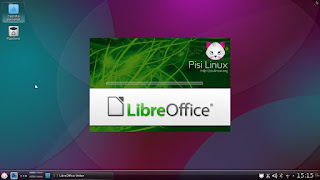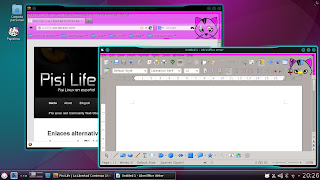The article mentions that this could be accomplished either by virtualization or by dual booting.
That is the part that caught my eye.
Let me see if I understand it. These new devices are called "PC Plus" because of their ability to use virtual environments or to dual-boot?
If that is indeed the case, something is wrong. Something is very wrong here.
 I mean, I have been able to dual boot since I met Linux, three years ago. And I've been able to use virtualization way before that, during my Windows times. WOW! I've been using PC Plus devices all this time! In fact, my Toshiba NB-100 netbook is then a Super PC Plus because it runs 5 different OSes!
I mean, I have been able to dual boot since I met Linux, three years ago. And I've been able to use virtualization way before that, during my Windows times. WOW! I've been using PC Plus devices all this time! In fact, my Toshiba NB-100 netbook is then a Super PC Plus because it runs 5 different OSes!How come PCs are now called PCs PLUS when OEMs add features that PCs had all the time?
Oh, is it because the concept of current PCs did not include dual-booting? (restricted boot, for instance, could be a good explanation.)
And now that, after more than a year in the market, Windows 8 has proven its worth (although I keep hearing "it's too early", now applied to 8.1, too), OEMs want to trumpet old PC features as the new big thing?
People do seem to have a very restricted access to their memory!
Well, leaving that aside, I also have some questions about PC Plus devices running Windows 8.1 RT.
Wasn't it true that OEMs were required not to allow unrestricted boot (understood by some as "not to allow turning secure boot off")--and thus blocking users from running anything but Windows on those devices--in order to opt for RT licenses?
Was the whole restricted boot circus simply about not opening the booting sequence to allow users boot the OS of their choice, but now that Windows failed OEMs, they are looking for an alternative?
How will OEMs circumvent this restriction? Will they pay Microsoft for a key to allow their devices boot Android with restricted boot enabled?
Another question: Will Microsoft offer PC Plus devices, too?
Let's wait and see...

















































